Since summer 2019 we have been running a series of features on the climate, where we speak to different Croydon businesses and individuals about the ways in which they combat the climate crisis.
This week is our twelfth chat – this time with Croydon-based gardener and designer Jamie Taylor-Ferreira, who runs Aycorn Garden Design. (If you’re wondering why the name sounds familiar, their sister brand is Coulsdon plant shop/wine bar The Aycorn Shoppe, which was reviewed by guest writer Cassie Whittell earlier this year).
Croydonist: First of all are you a Croydon native or convert and what area do you call home?
Jamie: I was born and raised in the farmlands of South Africa but call England and Old Coulsdon in Croydon my home now for the last 7 years.
Croydonist: Tell us about who is behind Aycorn Garden Design and how it started.
Jamie: I have been a gardener from the day I remember, I grew up between flowers and gardens. Since a young age I dreamed of making the world greener and to be able to plant more trees and plants to inspire other people so they can see the world through my eyes. After gardening for many years on our farm where I grew up, I decided to pursue a career in Garden Design and Horticulture. I studied this in my homeland and haven’t stopped gardening since. After I left South Africa, I started Aycorn Garden Design in England to continue my work as a garden designer and nature lover. Aycorn Garden Design was born in 2017 in Wimbledon and now I am proud to say Croydon is our home.
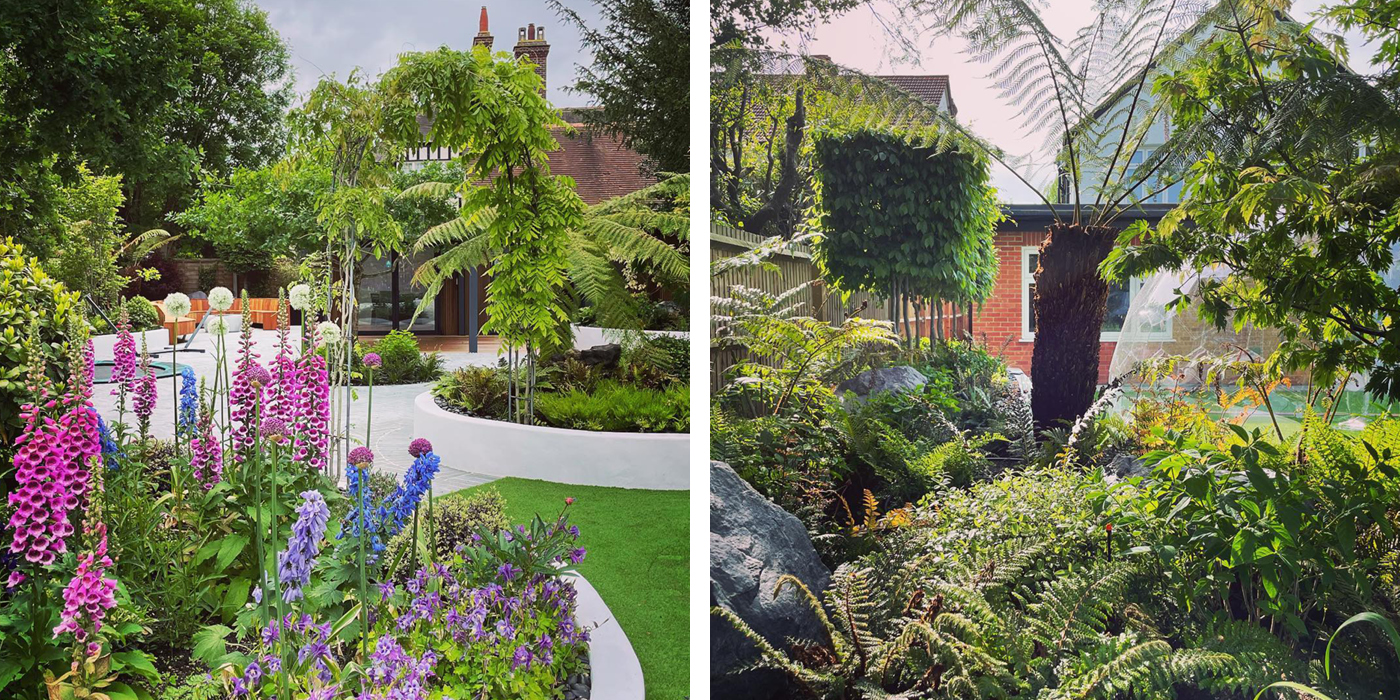
Croydonist: How important is sustainability in your business?
Jamie: I feel it’s incredibly important that our generation know and practise gardening. In the modern world, technology is overpowering the lives of our young generation. We try to encourage our clients and their children to not only enjoy the green spaces we create but also to teach them how to grow plants and food. We want to make it a joyful experience so the young people of today can also teach their children how to garden. In our business it is important that people understand the need of being involved in nature, how to look after plants and also to inspire them to enjoy the beautiful garden and green spaces. With our supply of plants for gardens and indoor spaces we hope to teach people how to appreciate the environment and see the benefits of being amongst plants and how it improves their physical and mental health. We want to make people excited about gardening and growing food.
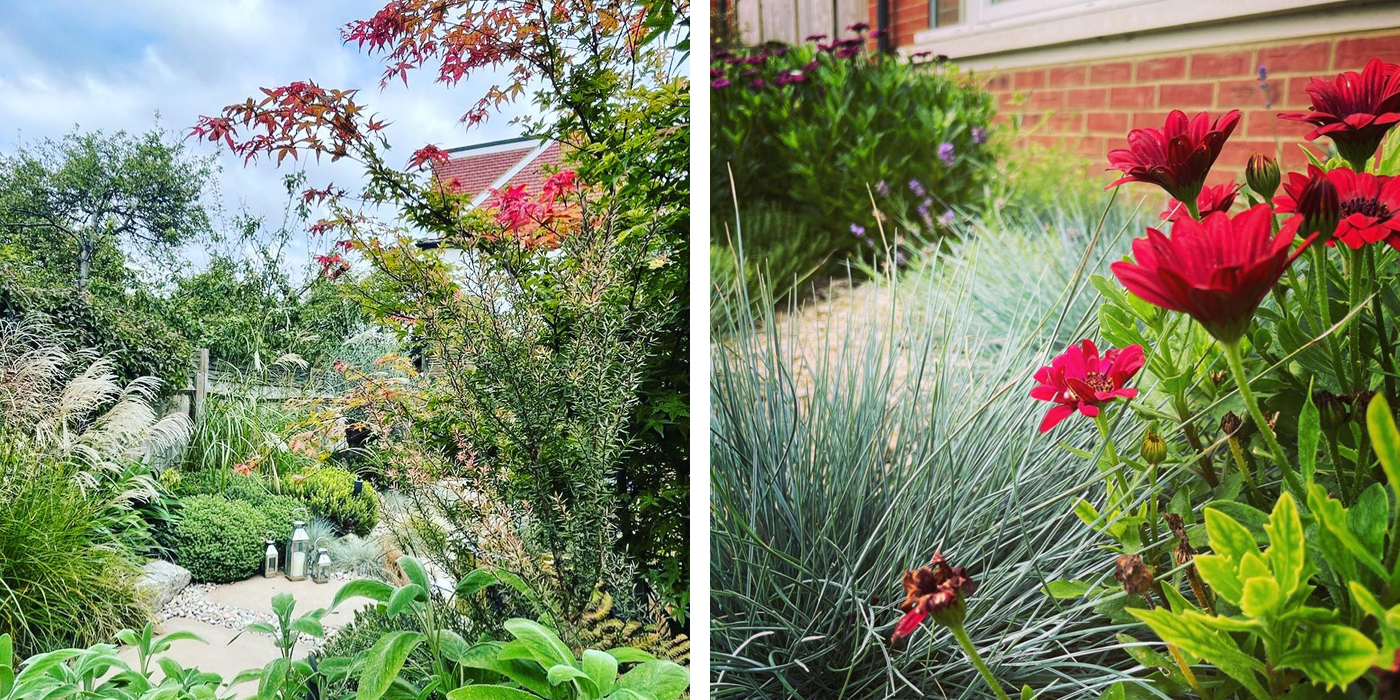
Croydonist: What’s the process of designing a garden?
Jamie: We design gardens for individuals but when you design a garden many factors need to be taken in consideration. Every garden is different and should be a reflection of the owner and their lifestyle. When we meet with our clients for the first time, we get to know their wants and needs, likes and dislikes. It’s very important to understand what makes them happy and what they really don’t like! After our initial consultation, the creative process starts. We then take all the factors in consideration such as the shape of the garden, the orientation and the size. We think about how we can maximise space and create an area that will compliment our clients home. I always say, let’s take the inside out. When you are inside your home, your garden should reflect your interior space. A garden should be designed in ‘rooms’ just like a house. You need a lounge area, a dining area and a space where you can cook food. And don’t forget a relaxing space where you can enjoy those long summer days. We also include natural products as much as we can so our clients can experience water features, beautiful stone tiles and rock features to compliment the plants.
Croydonist: Where does the design inspiration come from for each project?
Jamie: Each project is different and is inspired by its owner or environment. When we work with clients, their personality will inspire me to design something that will make them feel good. A garden is very personal. It’s a space where people connect with each other, earth and nature. When I design a garden for children, they will inspire me to create something fun and fulfilling that they can enjoy. When we design for a family there are different requirements that will satisfy them all and when you design for a individual, their personality can come through very strong in the final design. My personal relationship with plants and nature helps me to choose and suggest the right plants and products to use in each garden design and installation we do. The environment and where the garden is located is also important, you can’t make a desert garden in the tropics and neither can you make a tropical garden in the desert.
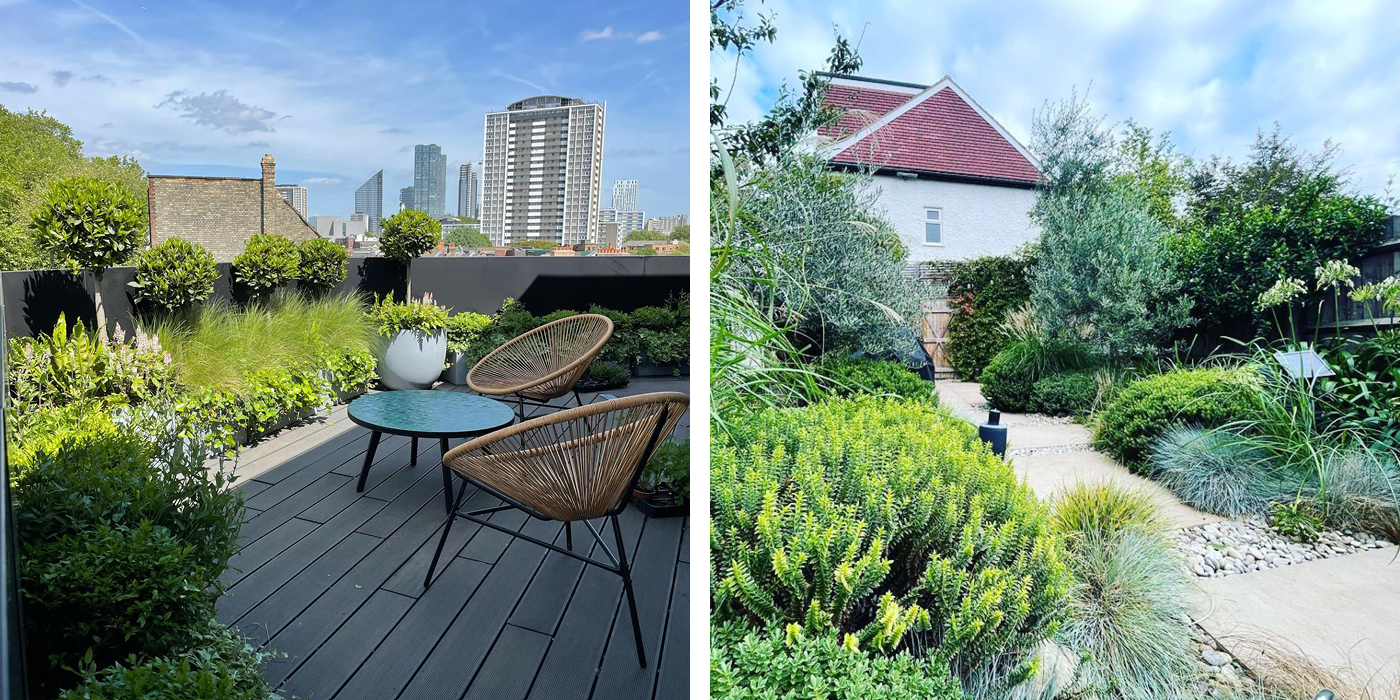
Croydonist: Have you ever had a project where sustainability was the main purpose?
Jamie: Yes, I created a garden for Vodafone’s main offices in South Africa that was built on top of a reservoir. The rain water was captured into the reservoir and the whole garden was irrigated with this. We also only used solar lights to light up the garden and did companion planting where we used plants that support other plants to avoid pests and diseases to attack them. The garden was water wise. We used only natural products with the installation.
Croydonist: What’s been your favourite garden design to date?
Jamie: I have designed a garden for a young boy in South Croydon named Michael this past year, he suffers from cerebral palsy. This project touched my heart. Michael is in a wheelchair and he and his parents asked me to design a garden he can enjoy for the rest of his life. There were loads of factors to take into consideration. The fact that Michael is in a wheelchair and can’t do much for himself was challenging and I had to find ways on how I can design and create a garden for him to enjoy. We had to raise the garden beds so he can have a proper view of the plants in his wheelchair. We created a space where he can watch the stars. We added water features for sound, to bring tranquillity and a fire pit area where he can feel the warmth of the fire. We planted beautiful trees so he can enjoy the shadows of the branches and loads of flowers and plants for colourful interest at varying times of the year. The garden looks amazing and Michael was overwhelmed with what we created for him.
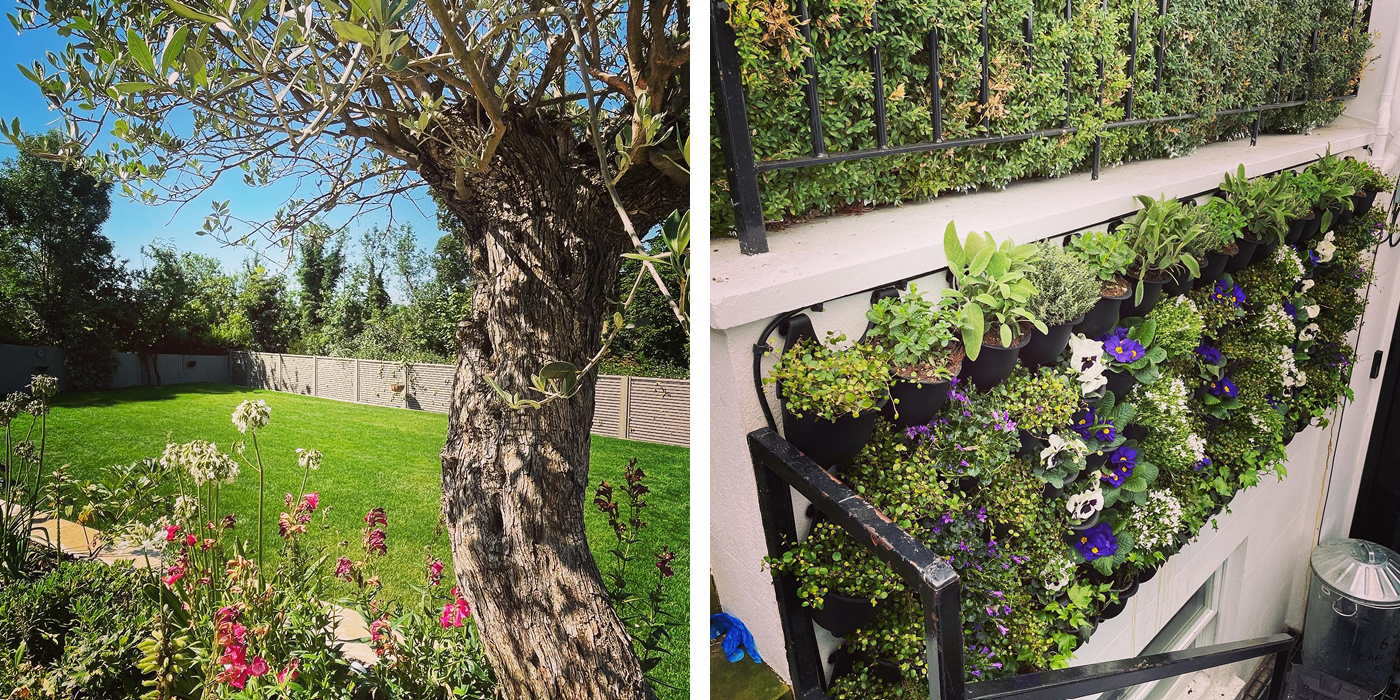
Croydon: What elements might you add to a garden design that help combat the climate crisis?
Jamie: We try to plant as many trees and plants as possible when we create new garden spaces. A lot of people are scared of the maintenance in looking after plants. We endeavour to teach people how to look after plants and trees so they don’t feel it’s too much work, rather something they can enjoy. In our work we plant hundreds of plants and trees every month and I strongly believe that this will make a change as trees and plants can outlive humans and will be there for future generations.
Croydonist: How do you measure sustainability in your business?
Jamie: First of all we look at our carbon footprint. We use electric equipment wherever possible and try to avoid the use of fossil fuels in our machinery on sites. Our waste is ‘green’ most of the time, but when we do get in contact with other materials we make sure to recycle and reuse what we can. By encouraging greener spaces and recommending more plants in our designs, we try to conserve nature and keep to the natural environment wherever possible. It’s also important to try to reduce waste on our sites and projects and therefore we will create compost heaps and reuse as many of the products available to us as possible.
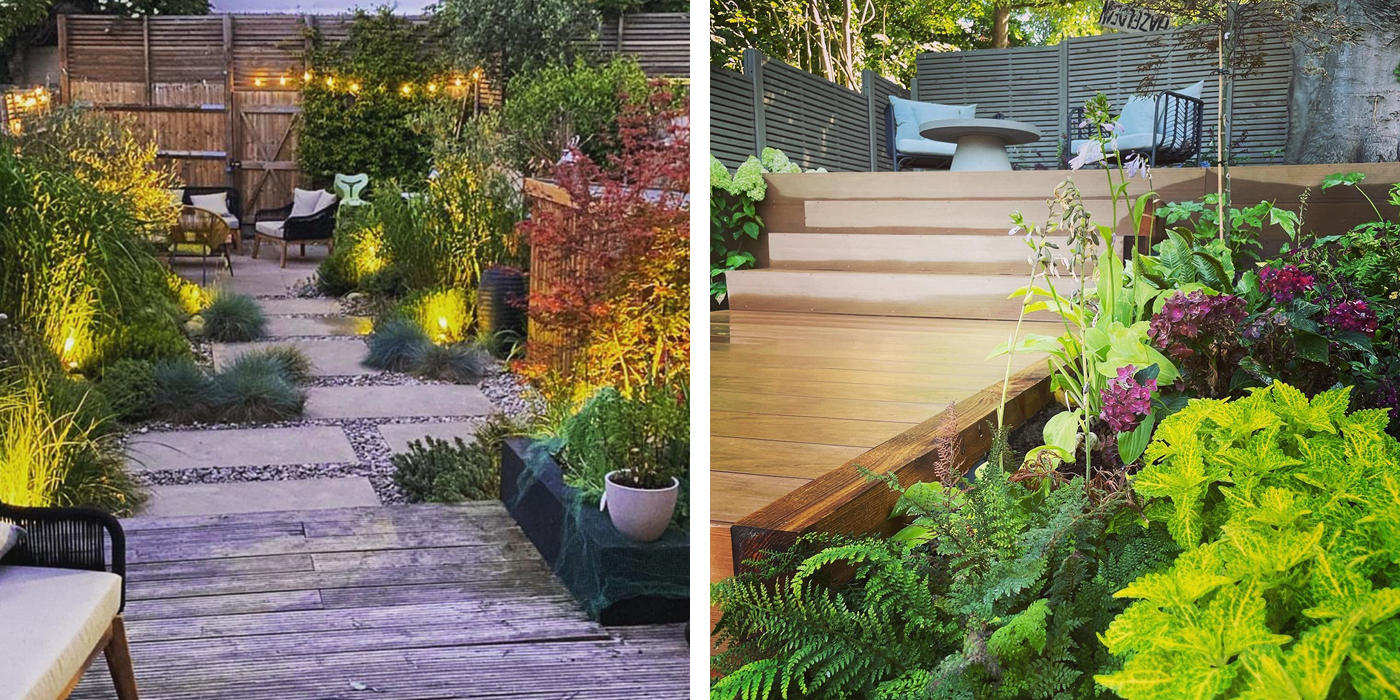
Croydonist: What three things would you encourage Croydon residents to do with their gardens to help minimise their impact on the planet?
Jamie: Use your green waste to create compost in your back garden that creates a natural fertiliser for your garden and plants. Switch to solar energy for your garden and outdoor lights. Create a vegetable and herb garden to grow your own food, teach and inspire your children how to grow food so they can also teach their children in the future.
Croydonist: Where in Croydon inspires you?
Jamie: Farthing Downs in Coulsdon is my favourite place in Croydon. It comprises quite a few walks where you can still enjoy nature, untouched, in its raw form. I love walking there with my dogs and to experience the different seasons, colours and the beauty nature gives us all year round. As a resident of Old Coulsdon I am lucky to have this on my doorstep and I am grateful everyday for this little gem of nature a few metres from my home.
Thank you to Jamie for chatting with us. You can find out more about Aycorn Garden Design on their website, and follow them on Instagram and Facebook.
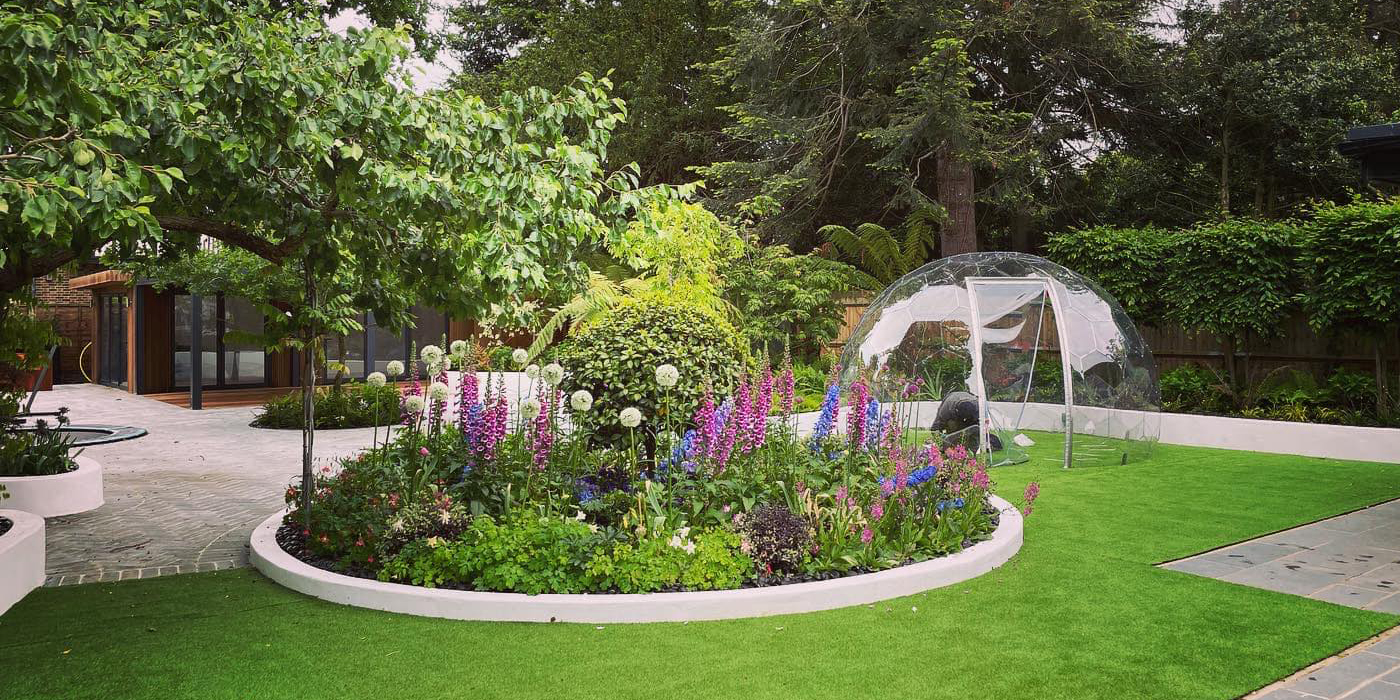
If you missed the other features in our Croydonist climate series you can read them below.
First in our Croydonist climate series was fashion, with Croydon Community Clothes Exchange – read it again here.
Second in our Croydonist climate series was travel, with eco-conscious luggage brand OneNine5 – read it again here.
Third in our Croydonist climate series was pets, with eco pet food brand Scrumbles – read it again here.
Fourth in our Croydonist climate series was art, with Tina Crawford’s ‘What a Waste’ exhibition – read it again here.
Fifth in our Croydonist climate series was shopping, with refill shops ‘Pedrick’s Zero Waste Shop’ and ‘Roots & Cycles’ – read it again here.
Sixth in our Croydonist climate series was party gifts with Plastic Free Party bags – read it again here.
Seventh in our Croydonist climate series was eco textile plant pot brand Knttd – read it again here.
Eighth in our Croydonist climate series was climate-smart coffee company Coromandel Coast – read it again here.
Ninth in our Croydonist climate series was local environmental group Croydon Climate Action – read it again here.
Tenth in our Croydonist climate series was the eco-community art project Norwood Junkaction – read it again here.
Eleventh in our Croydonist climate series was the eco-friendly wrapping paper company Deleco – read it again here.
Photos courtesy of Aycorn Garden Design.
Posted by Julia
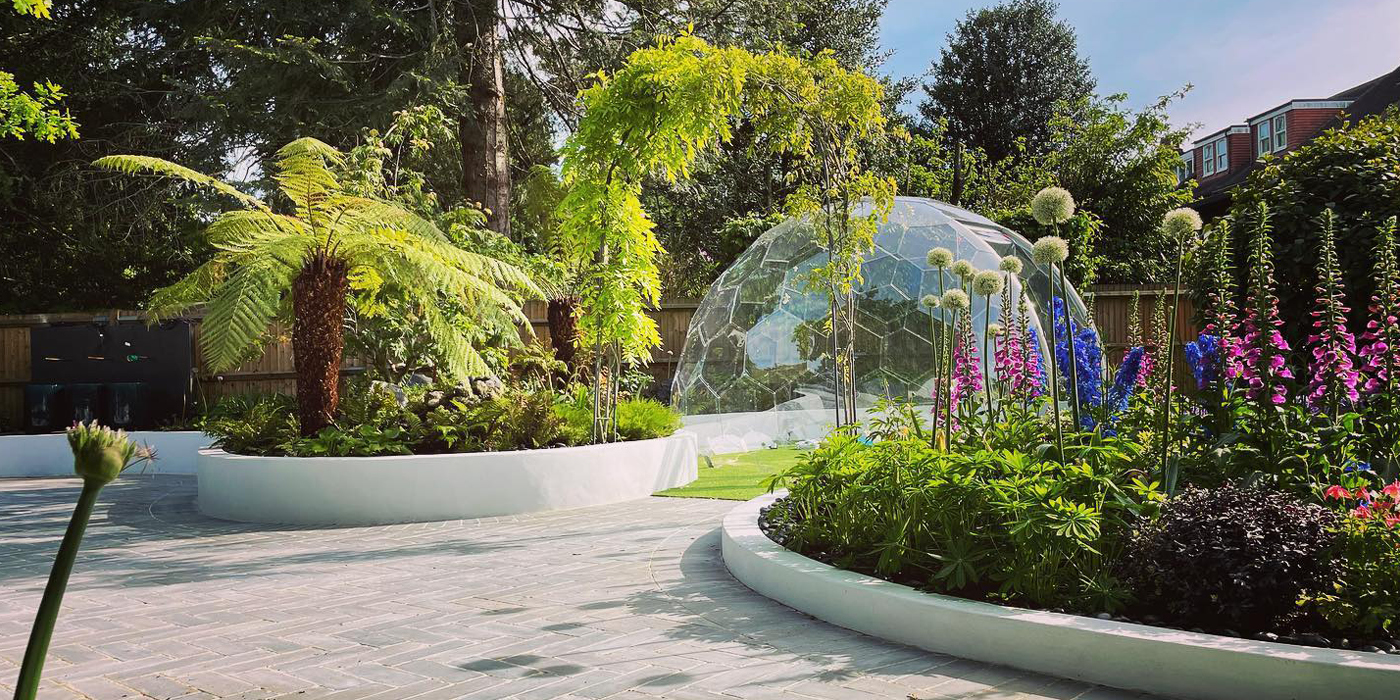
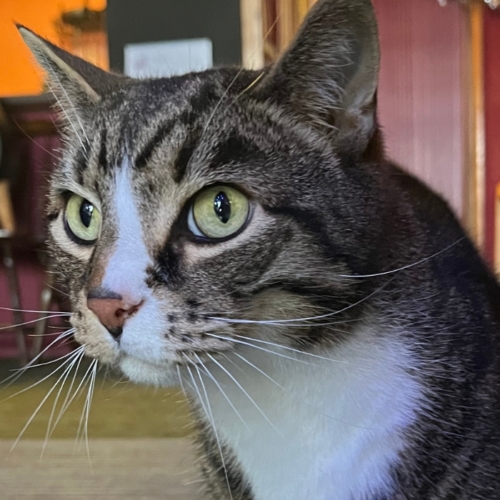
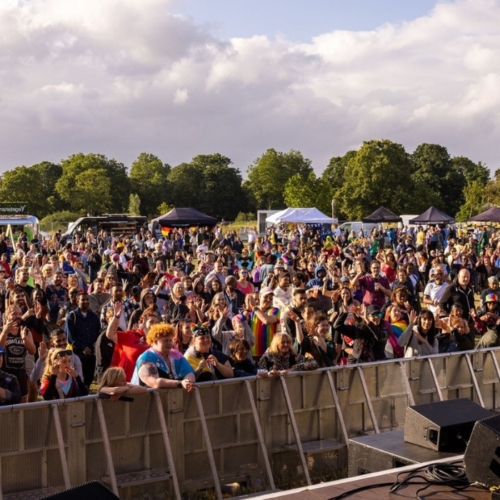
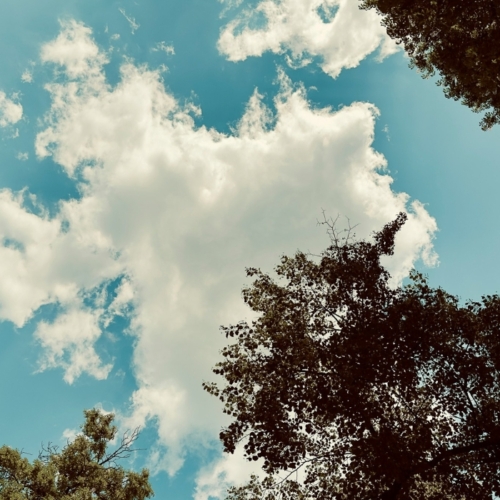

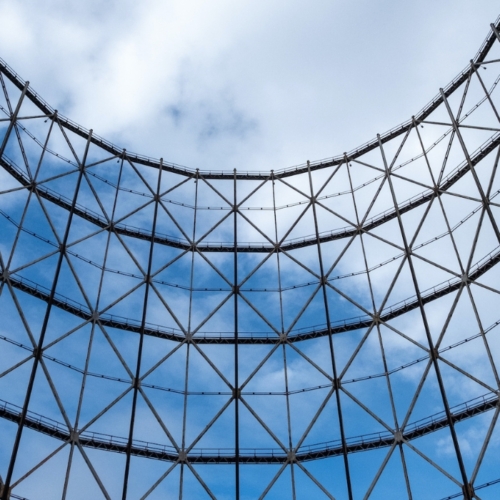
No Comments